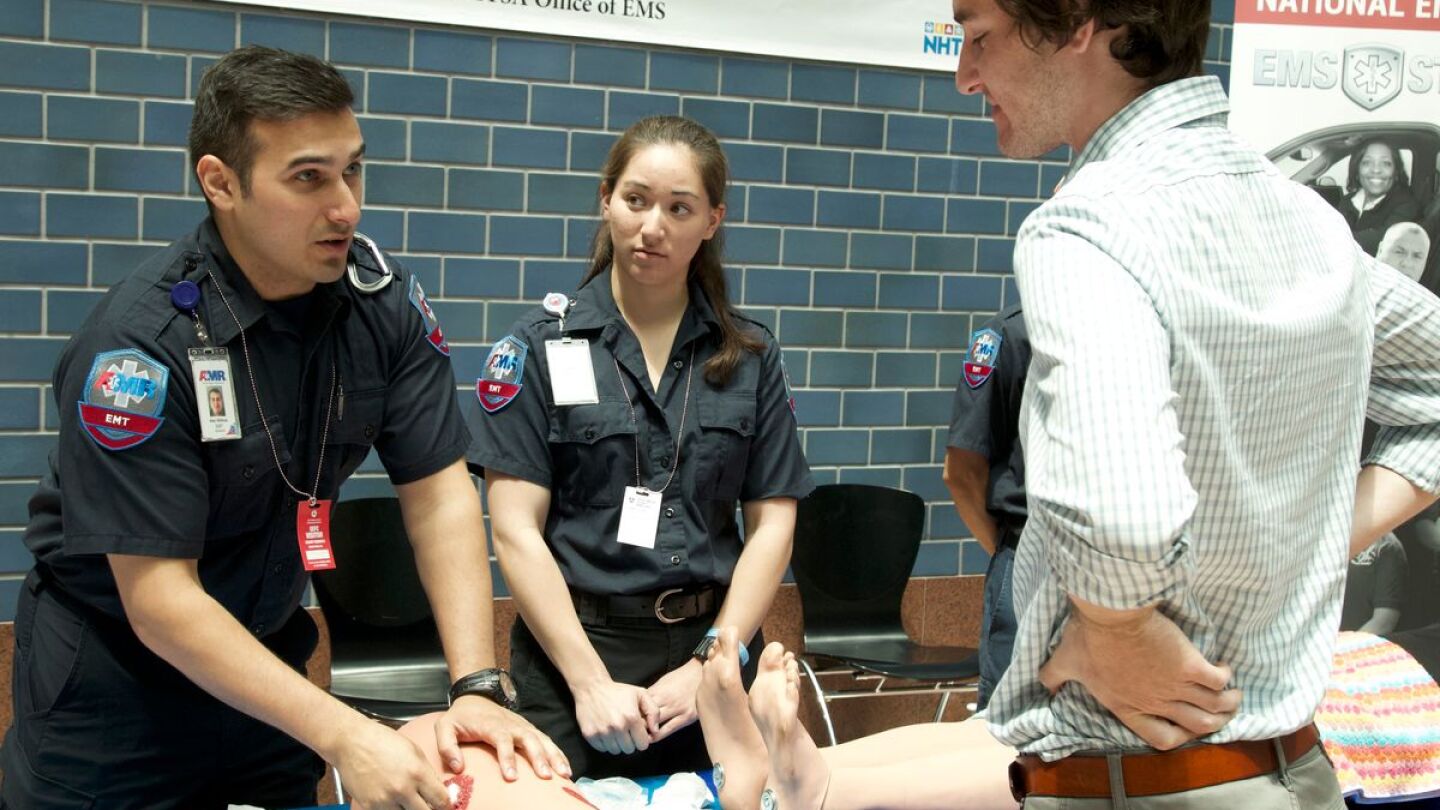NHTSA
Apply crew resource management sterile cockpit rules to stay safe amidst increased roadway dangers
Does your ambulance design prohibit good patient care while putting providers at risk?
On this episode of Inside EMS, Dr. Krohmer joins show regular Kelly Grayson and guest host Rob Lawrence to discuss the industry
Higher education, mentoring and when to move on: The NAEMT Board tackles EMS career development
Out of 14 proposed measures, NEMSQA finalized 11 in August 2019 and developed resources to assist EMS leaders in implementation
Too many medics don’t use seat belts because they interfere with patient care, but one company is working to change that
Behind the effort to update the 2009 National EMS Education Standards and what it means for the industry
The organization is seeking applications from interested parties to develop evidence-based guidelines for the pharmacologic management of acute pain in a prehospital setting
In recognition of National EMS Week and National Stop the Bleed Day, staff from the National Highway Traffic Safety Administration and the American College of Emergency Physicians provide critical bystander training to federal workers
The National Highway Traffic Safety Administration released the latest version of the EMS Scope of Practice Model
EMS Agenda 2050 calls for an evidence-based, data driven industry that is integrated with the rest of the nation’s healthcare system
The scope of practice expert panel examined evidence to determine if a procedure or skill is beneficial to patients and can be done safely by EMS providers
Changes include the addition of narcotic antagonists, tourniquet applications and wound packing use
NIOSH and NHTSA collaborated to use emergency department visit data to identify the five primary types of injury events experienced by EMS providers
Recommendations to reduce lights and ambulance siren use to less than 50 percent of responses and 5 percent of transports presented during EMS Focus webinar
Two recent projects reviewed evidence to develop strategies for improving the safety of EMS patients and providers
The report discusses the impact of emergency lights and sirens on response times, safety and patient outcomes
The panel will help create a path for a comprehensive system of emergency care integrated with the broader health care continuum
According to the NHTSA, there’s an average of 4,500 ambulance crashes annually in the U.S.
The panel will help draft the new agenda and gather important input from the EMS community and public
NHTSA “Beyond EMS Data Collection” report identifies steps for EMS improvement and quality to become information driven
The report focuses on envisioning an information-driven future and what is needed to turn the vision into reality
Emergency physician Dr. Jon Krohmer has over 30 years’ experience in EMS
The driver chose not to call an ambulance, and instead used the vehicle’s autopilot to find a nearby ER
Tesla and government statements say Joshua D. Brown, 40, was killed May 7 in Florida, when his Tesla’s cameras failed to distinguish the white side of a turning tractor-trailer from a brightly lit sky
Track the pivotal moments in the history of EMS from the 1966 Death and Disability white paper to its modern form
Jan. 25 EMS Focus Webinar to be presented by representatives of the Blue Campaign
Texting and other distractions while using smartphones were believed to be part of the cause, as well as drunken, drugged and drowsy driving
The National Highway Traffic Safety Administration will begin the search for a permanent replacement in the coming months
Experts to share insights about the innovative ways that prehospital care can be improved with new technologies, devices and software applications
EMS providers riding in the back of current-design ambulances are at high risk of injury or death during a crash
NHTSA reviewed 10 years of data on ambulance crashes to understand patient and provider safety

























